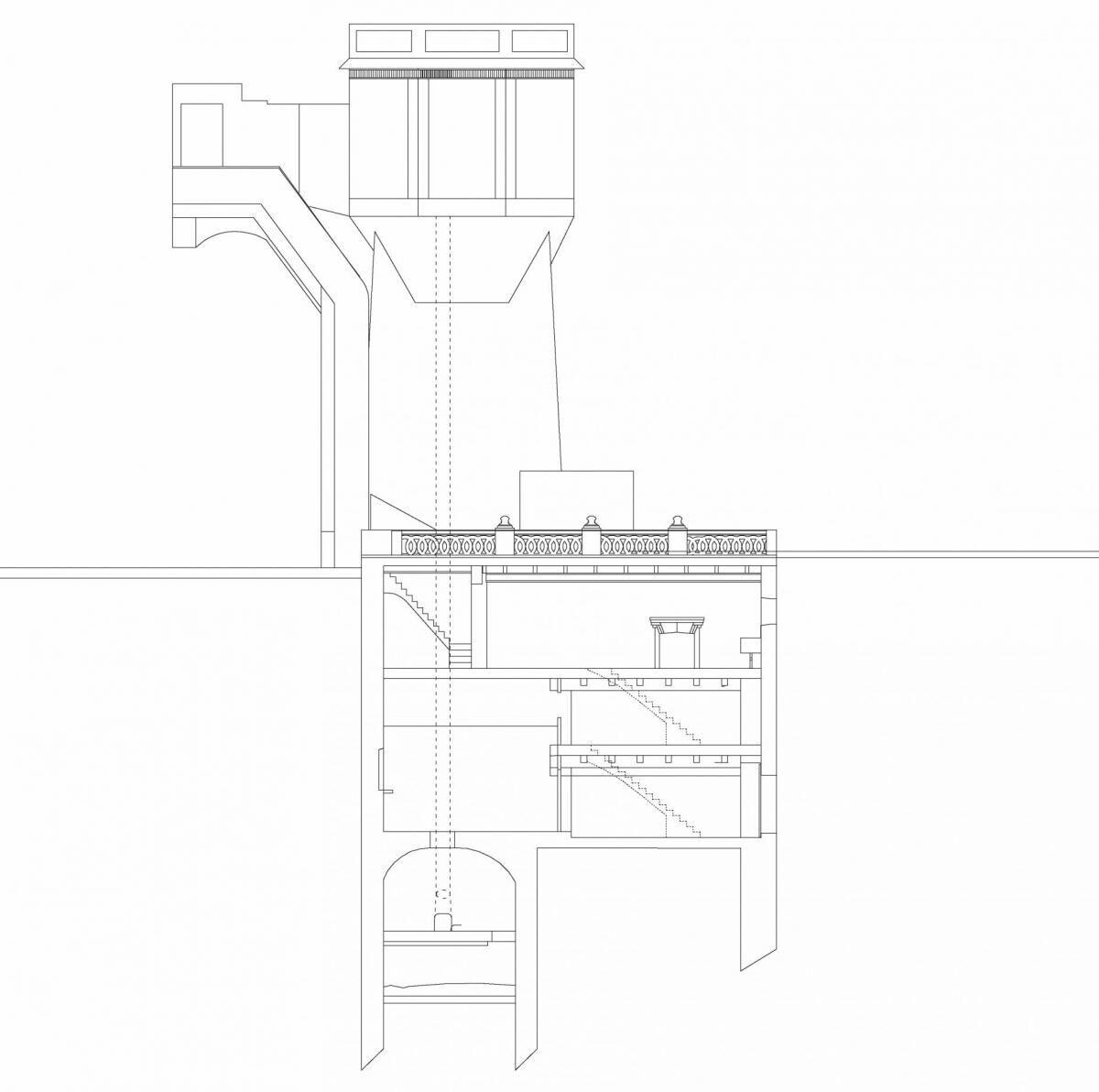'Lo Molí' (The Mill) is a remarkable architectural and interior design project by Estudio Vilablanch that involved the restoration and transformation of a 16th-century hydraulic flour mill located in La Vilella Baixa, in the Priorat region of Catalonia, Spain. The project’s aim was to recover the historical value of the building while adapting it to a new residential use that respects its original essence and rural setting.
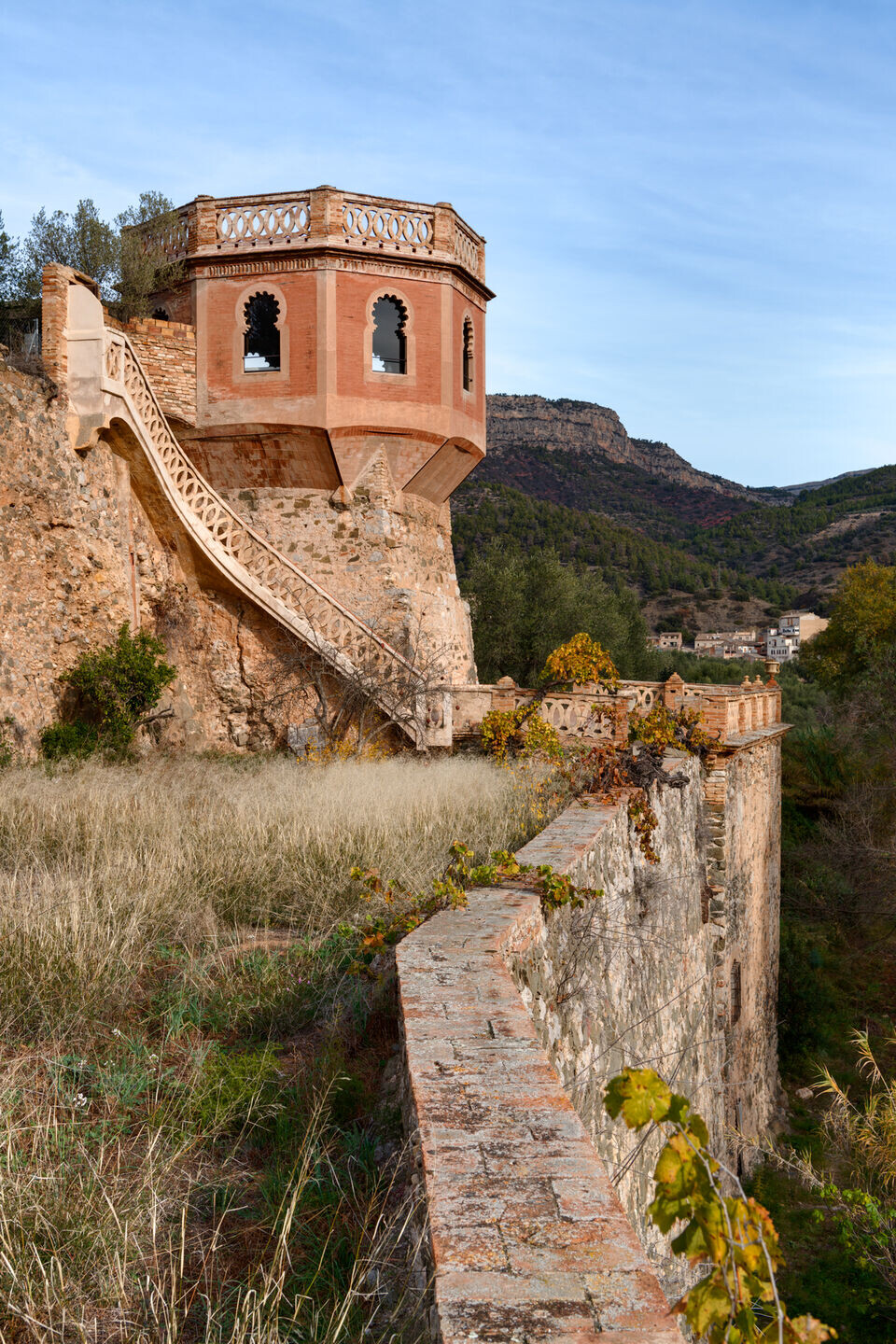

The original structure consists of a 16th-century mill and an adjoining 19th-century Mudejar-style tower. The mill had fallen into a state of abandonment, and the project sought to revive it as a functional home without erasing its historical identity. Special attention was paid to preserving original elements like stone walls, wooden beams, and the mill’s industrial features.

Estudio Vilablanch adopted a "non-invasive" and respectful approach to intervention. The team worked with the philosophy of “restoring without altering,” which means that all new additions were reversible and distinguishable from the original structure. Key design decisions included:
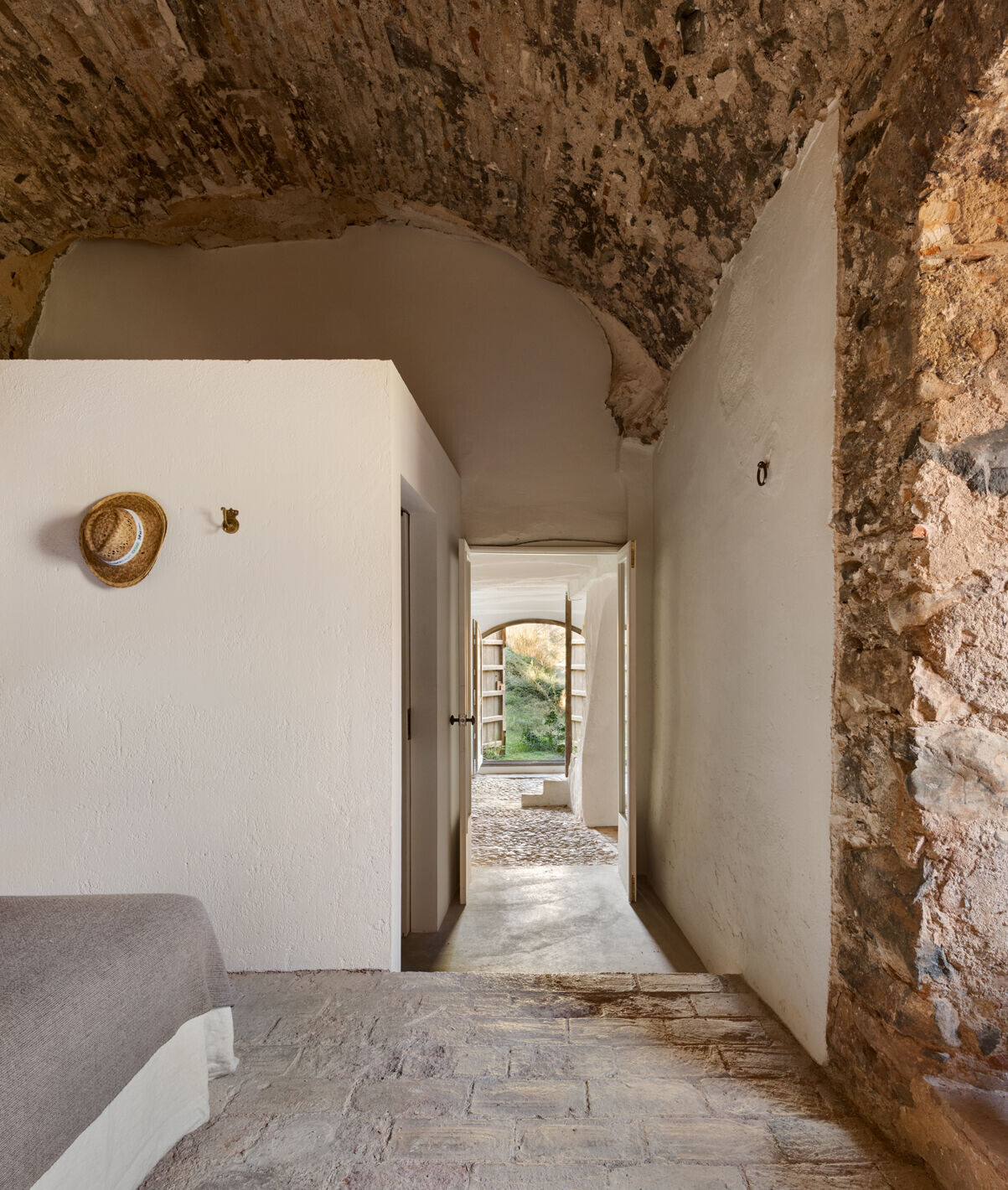
Using traditional materials—such as stone, wood, and lime mortar—combined with contemporary elements like steel and glass.
Restoring and integrating the old water channel, which once carried water to power the mill, and transforming it into a dramatic internal passage that connects the two buildings.
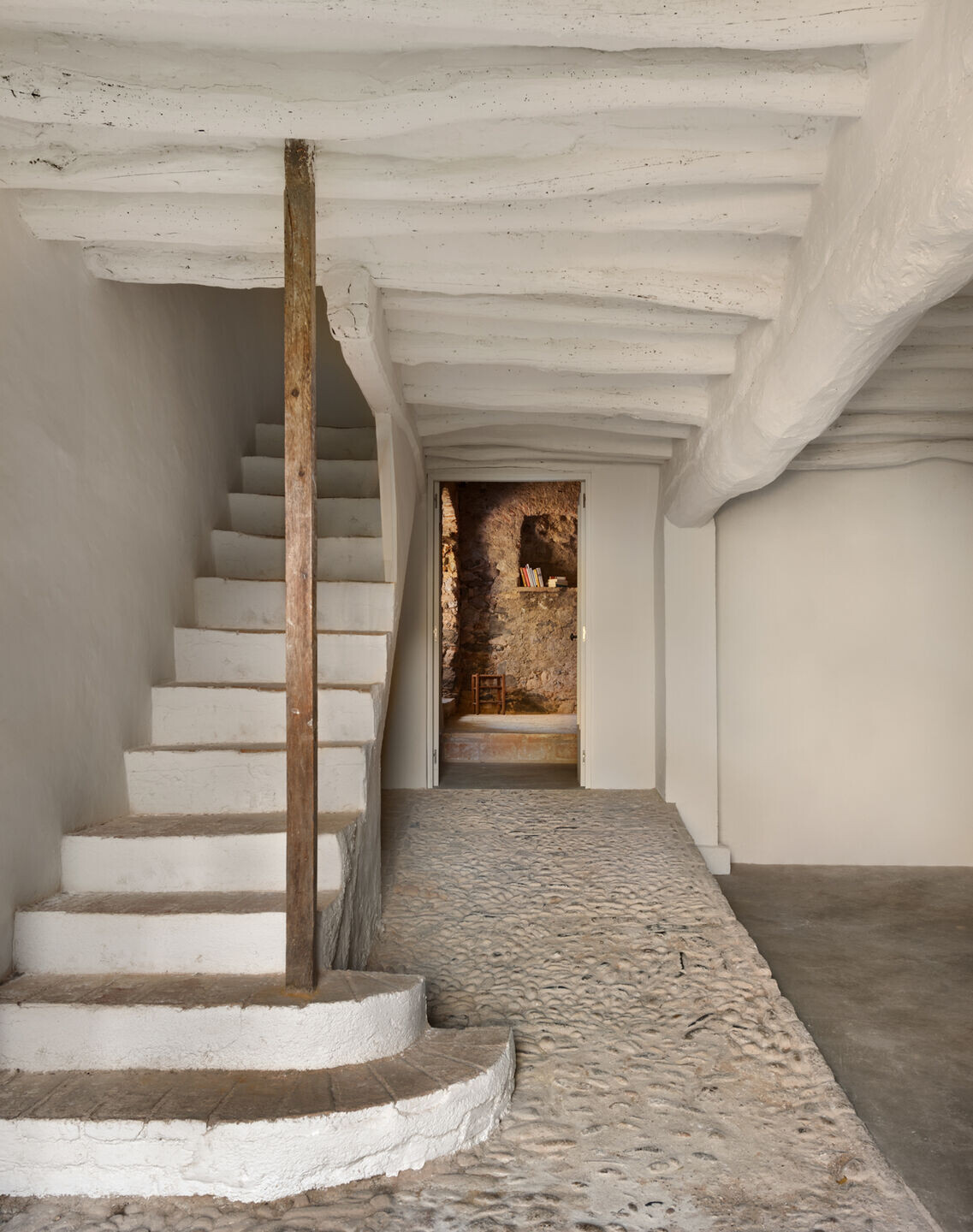
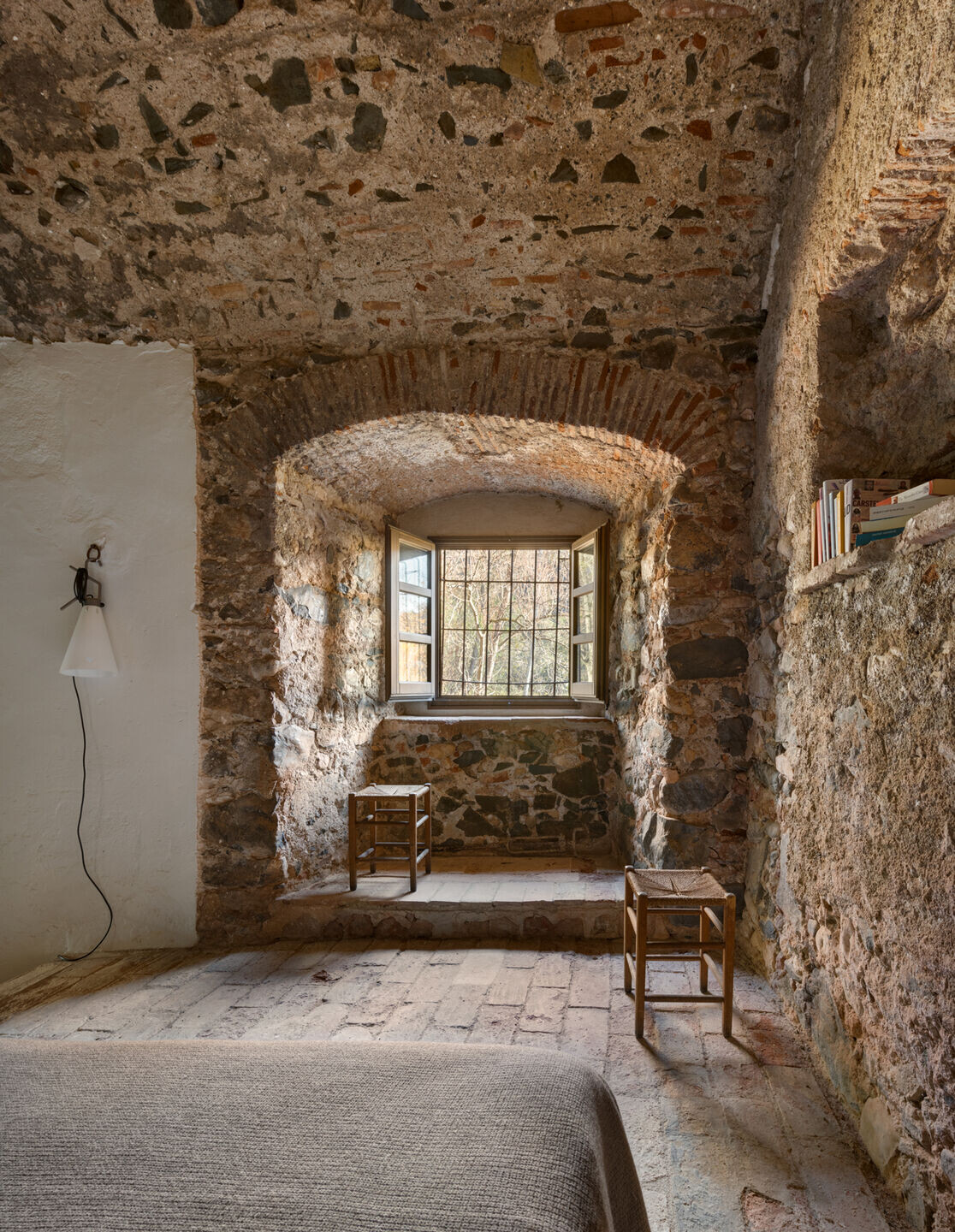
The project creatively links the historic mill with the adjacent tower by opening up the water channel between them. A custom-designed spiral staircase was installed within this channel, providing vertical circulation while showcasing the original hydraulic engineering.
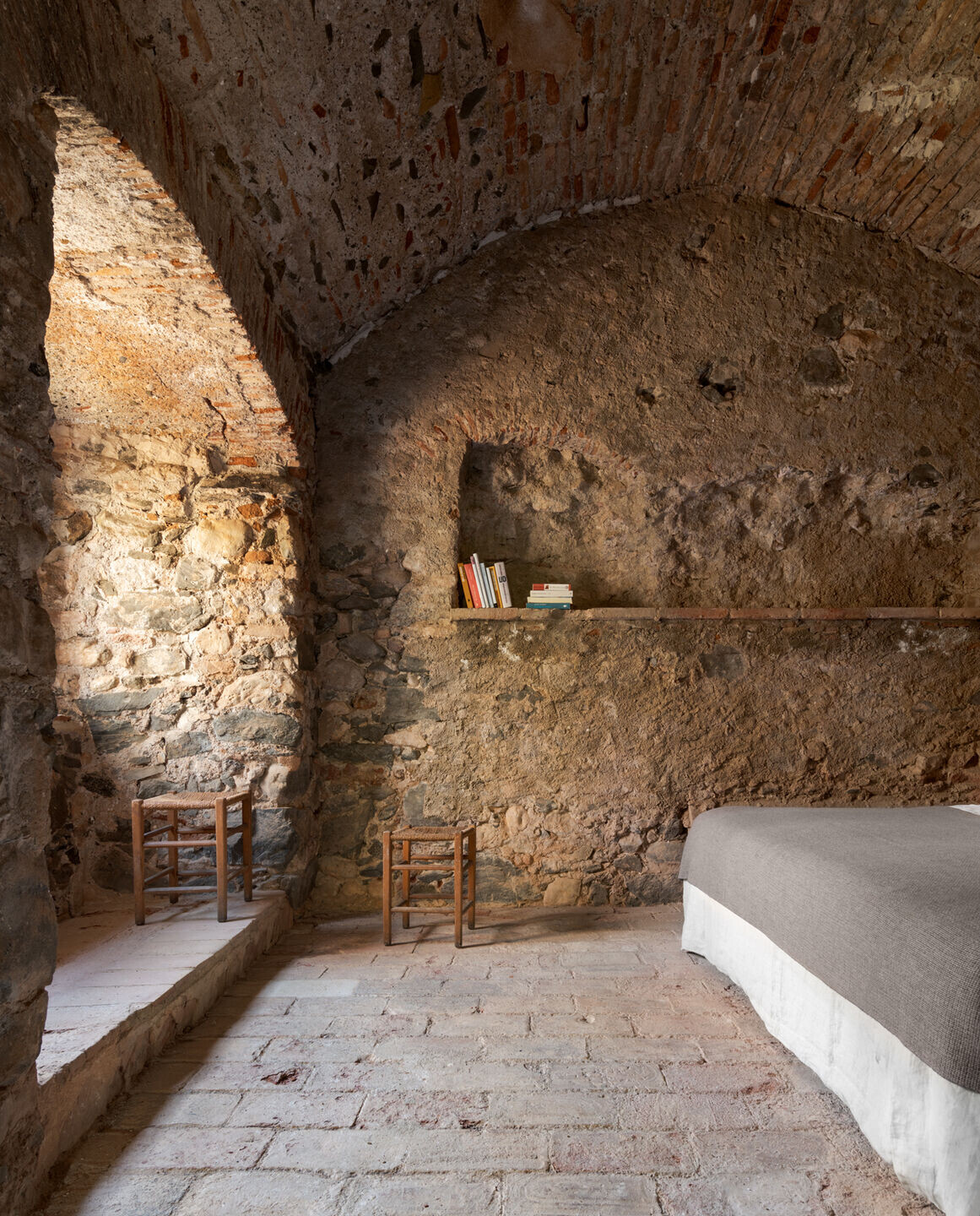
The interiors are minimalist and subdued, allowing the architecture and historic textures to take center stage. The furnishings are sparse but carefully selected, and the lighting design enhances the raw beauty of the exposed materials. Spaces were adapted for modern comfort while retaining their rustic charm.
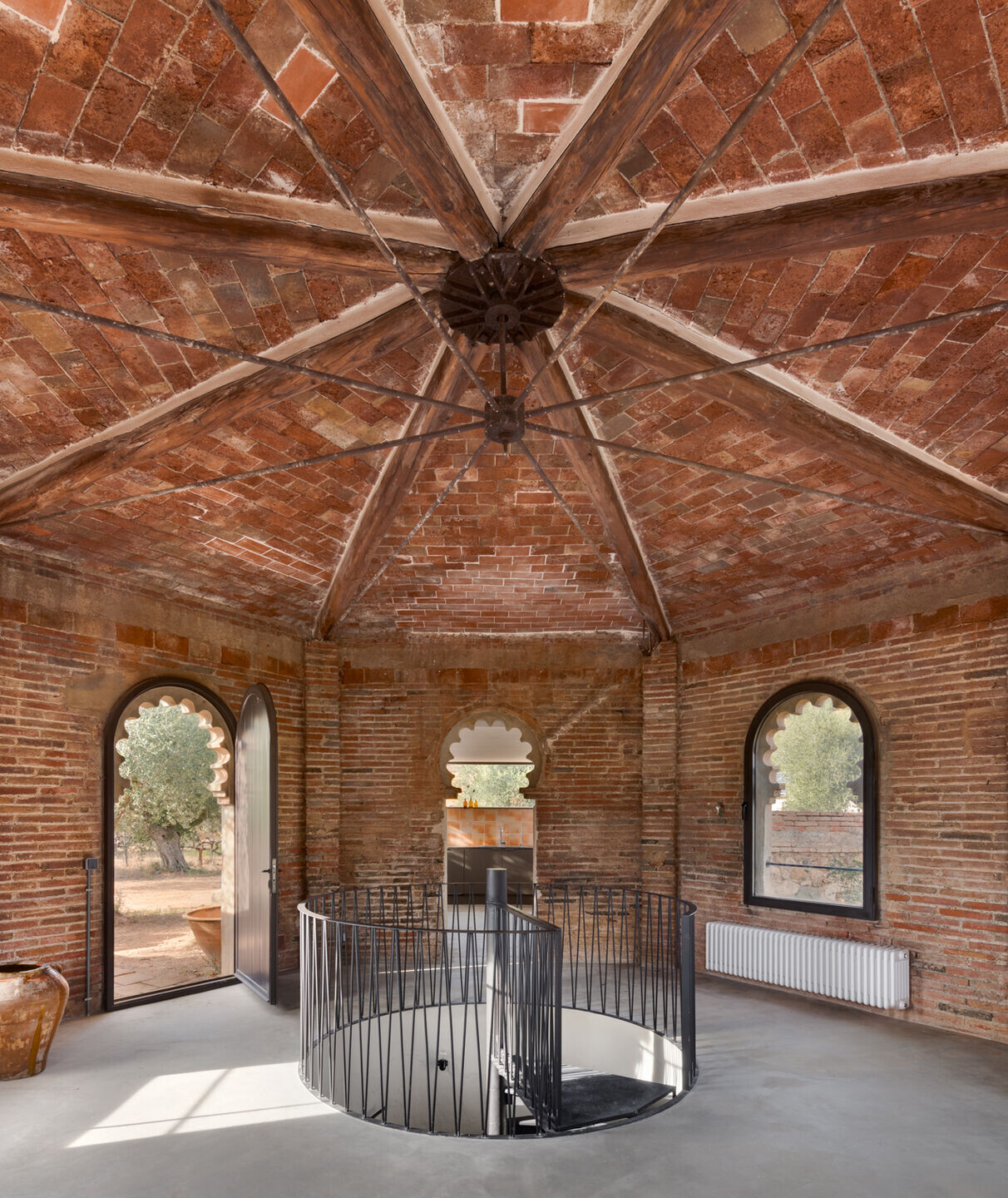
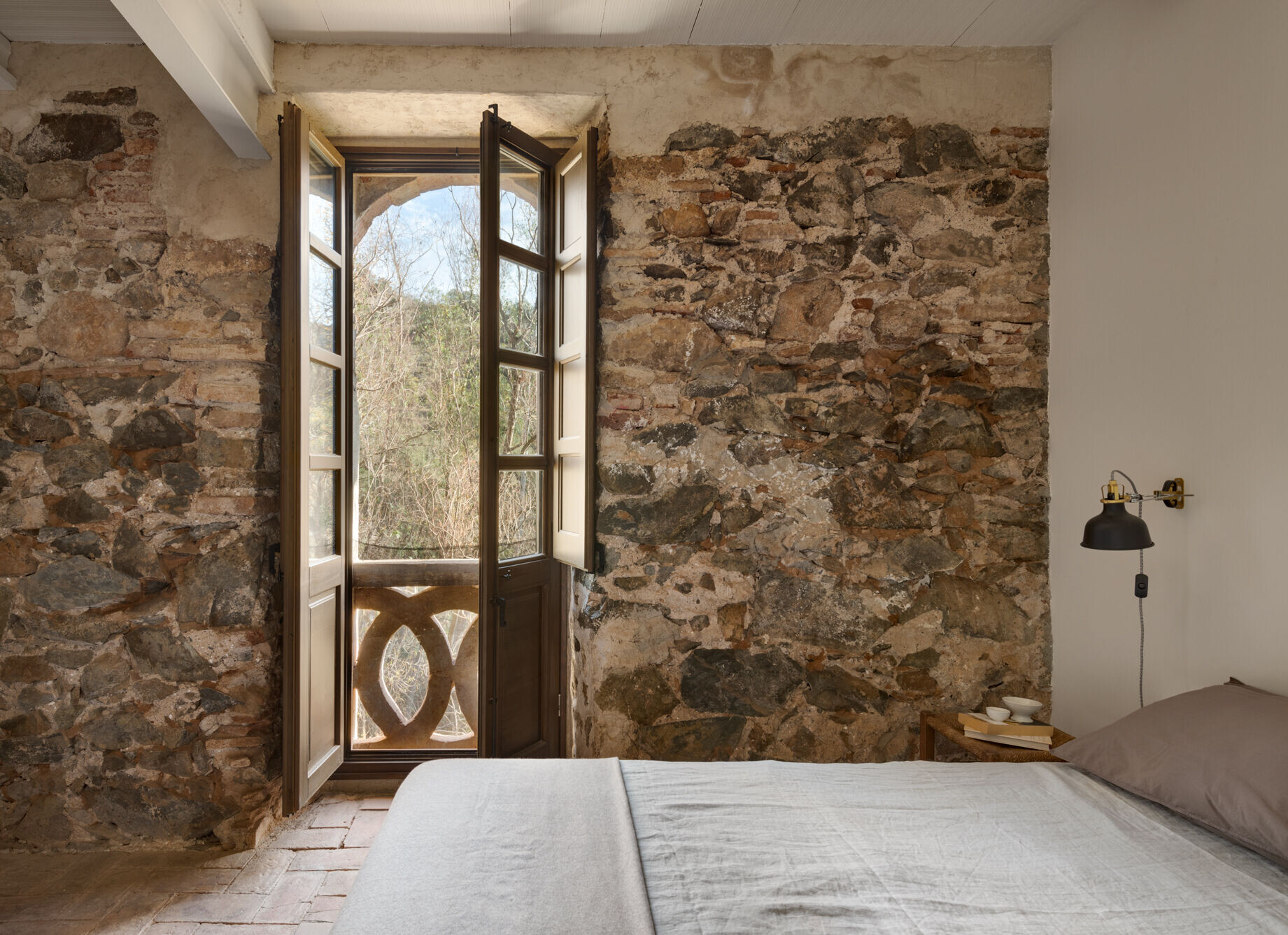
The renovation emphasizes sustainability through the use of local materials, passive climate strategies, and the reuse of original elements. The result is a home that feels both timeless and contemporary—a unique fusion of cultural heritage and modern design sensibility.
